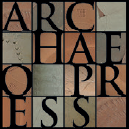
Publishing Scholarly Archaeology since 1997
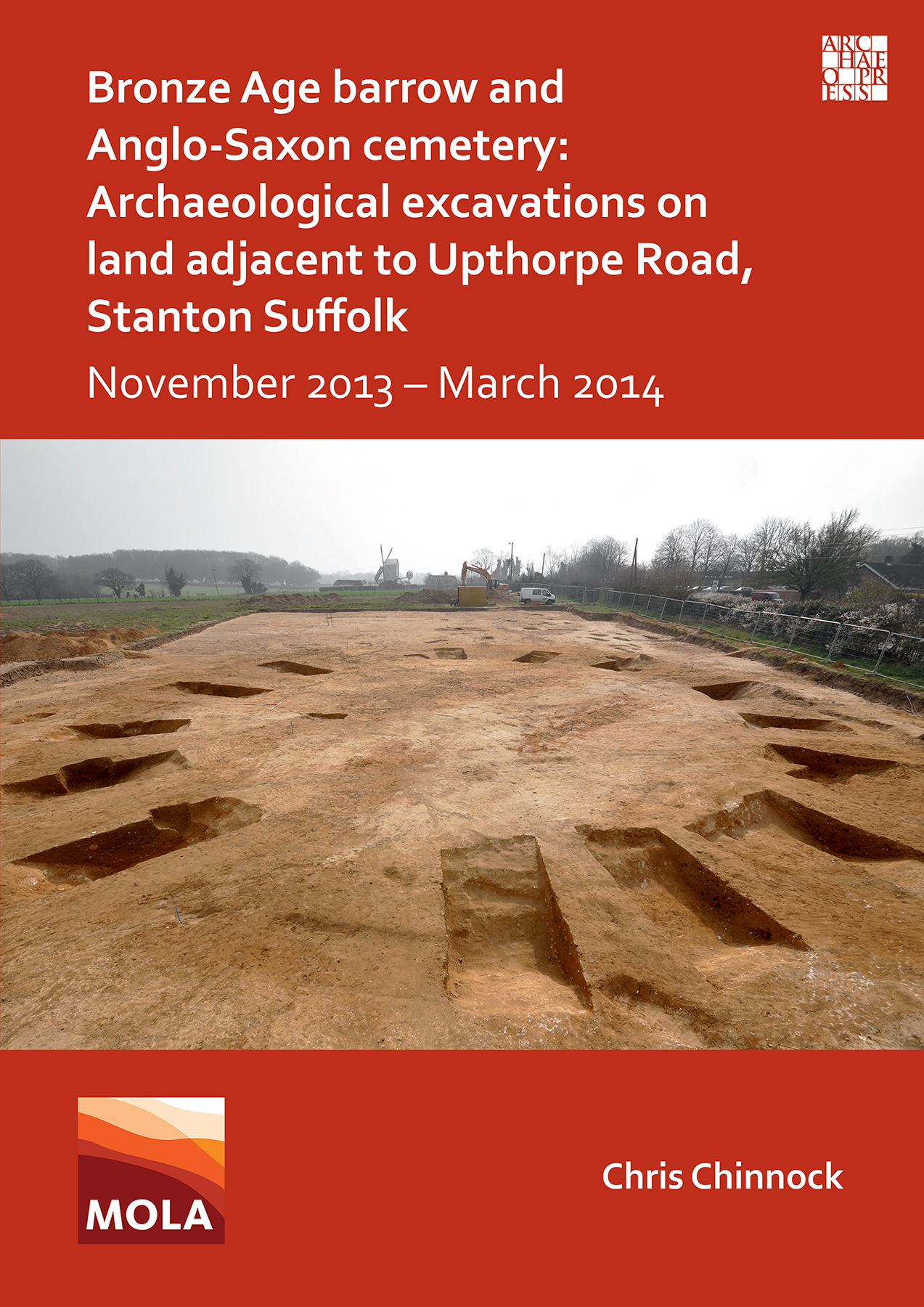
Download Sample PDF
H 290 x W 205 mm
264 pages
Published Mar 2023
ISBN
Paperback: 9781803273181
Digital: 9781803273198
Keywords
Suffolk; Bronze Age; Anglo-Saxon; Early Medieval; Burials; Grave Goods; Skeletal Assembages
Related titles
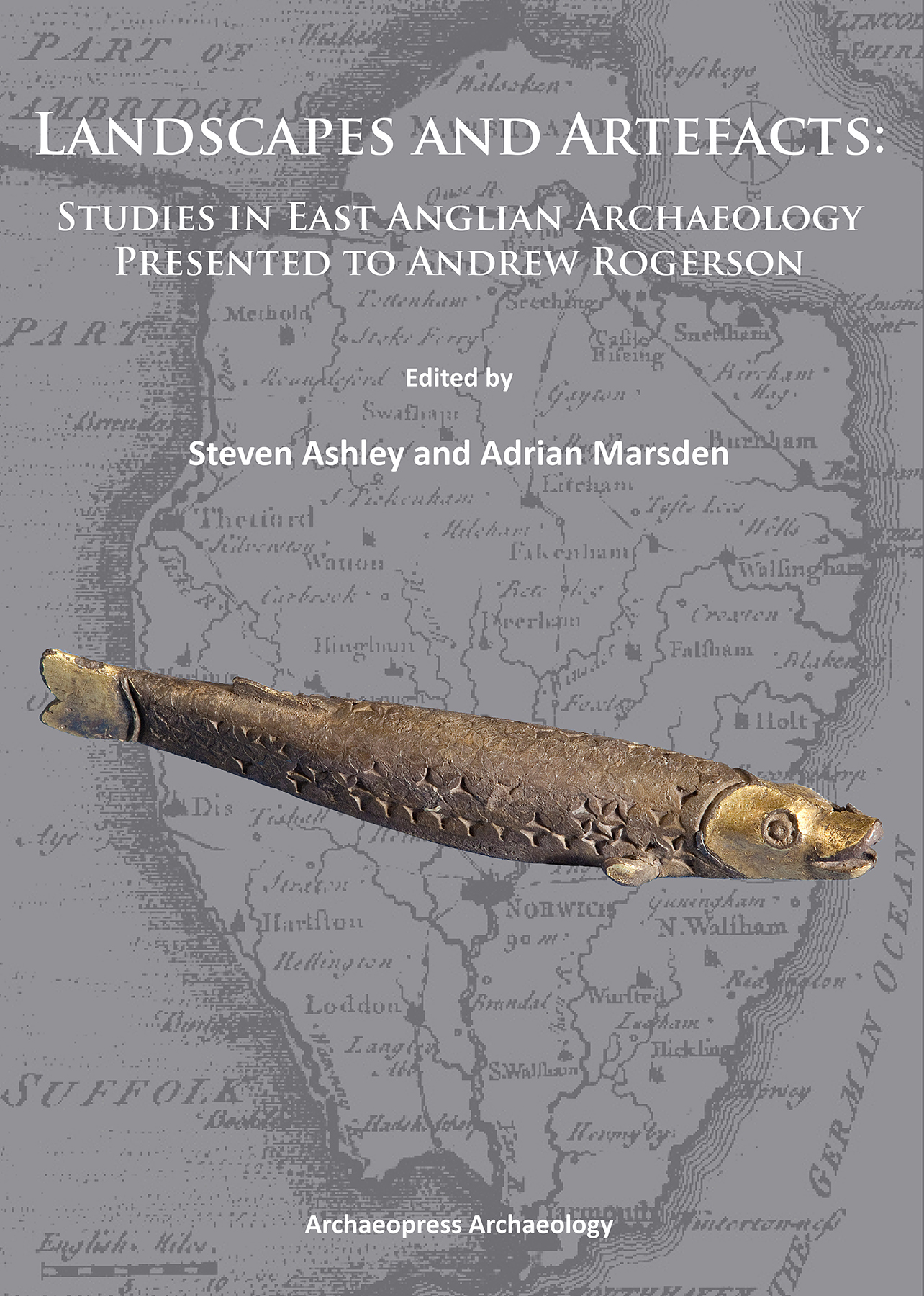

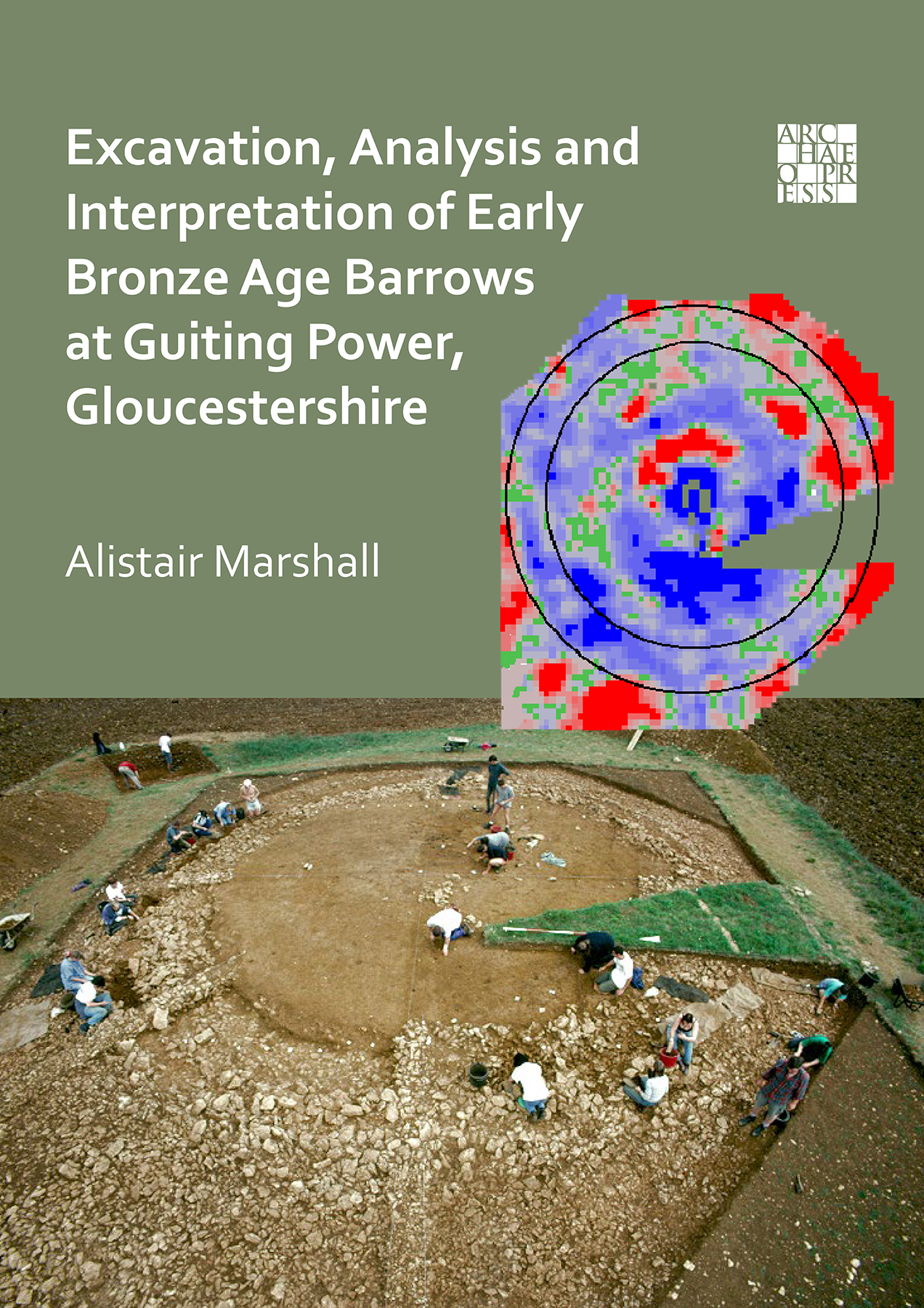
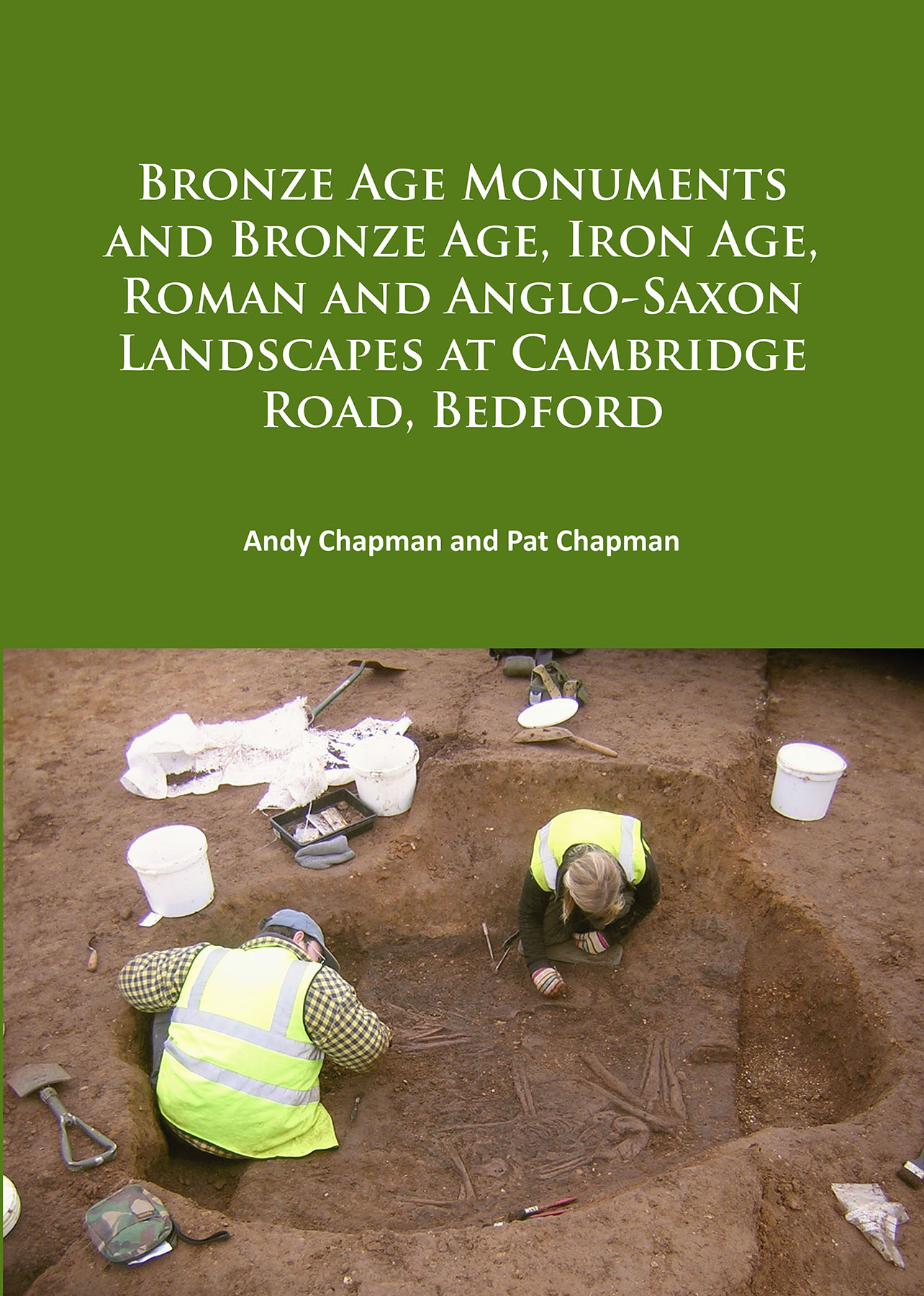


Bronze Age Barrow and Anglo-Saxon Cemetery: Archaeological Excavations on Land Adjacent to Upthorpe Road, Stanton Suffolk
November 2013 – March 2014
Archaeological investigations by MOLA on land adjacent to Upthorpe Road, Stanton (2013-2014), revealed the remains of a prehistoric round barrow and a cemetery containing the remains of 67 inhumations with associated grave goods. This book provides detailed analysis of the archaeological features, skeletal assemblage and other artefacts.
Contents
Chapter 1: Introduction ;
Chapter 2: The excavated evidence ;
Chapter 3: The prehistoric and Roman finds ;
Chapter 4: The early medieval finds ;
Chapter 5: Textile and organic remains ;
Chapter 6: The human bone assemblage ;
Chapter 7: Faunal and environmental evidence ;
Chapter 8: Discussion ;
Bibliography ;
Appendix A: Mineral preserved textile catalogue ;
Appendix B: Catalogue of mineral preserved organic remains ;
Appendix C: Stable isotope methodological detail
Reviews
'This volume is an important addition to our knowledge of this period in time, and is both an attractive and an informative publication.' – Richard Osgood (2024): Current Archaeology 408
'This volume is an excellent addition to the ever-growing corpus of early Anglo-Saxon cemetery excavation reports. The cemetery at Stanton, Suffolk, provides another example of an early-medieval mortuary landscape focused around a Bronze Age barrow. The report provides a well-organised and presented catalogue and includes specialist analyses of gravegoods, human osteology and isotopic studies, and more. The discussion of the material provides valuable comparisons with other early-medieval contexts from a local to wider range between Suffolk, East Anglia and across early Anglo-Saxon England.' – Brian Costello (2023): Medieval Archaeology vol 67.2

 Add to wishlist
Add to wishlist